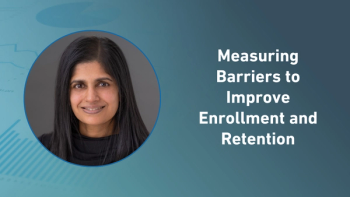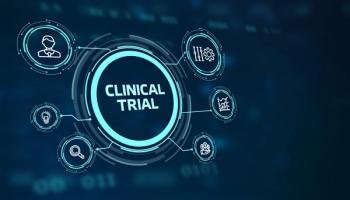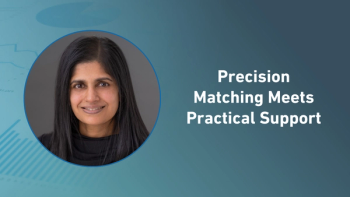
Schizophrenia Treatment Market: Novel Products to Provide Slight Boost by 2022, While Unmet Needs Remain, says GlobalData
The global schizophrenia treatment market value is expected to undergo a modest increase over the coming decade...
The global schizophrenia treatment market value is expected to undergo a modest increase over the coming decade, climbing from $6.3 billion in 2012 to $7.9 billion by 2022, at a Compound Annual Growth Rate (CAGR) of 2.4%, according to a new report from research and consulting firm GlobalData.
The company’s latest report* states that out of the seven major markets (7MM: the US, France, Germany, Italy, Spain, the UK and Japan), the US dominated the schizophrenia space in 2012 with sales of $5.2 billion and a global share of 83%. It will maintain its market-leading position by 2022 with sales of $6.1 billion, representing a CAGR of 1.6% during the forecast period.
GlobalData attributes the anticipated market expansion to a rising awareness of mental health, along with increasing utilization of long-acting injectable (LAI) antipsychotics and various new product launches.
Among the drugs that are due to enter the market during the forecast period are Otsuka’s brexpiprazole, Roche/Chugai’s bitopertin, EnVivo’s EVP-6124, Alkermes’ aripiprazole lauroxil and Johnson & Johnson’s (J&J) Invega Sustenna (Three-Month).
Kyle Nicholson, PharmD, GlobalData's Analyst covering Neurology, says: “These latter two drugs will introduce new LAI treatments and expand the global market options by 33%. The three-month version of J&J’s Invega Sustenna in particular will provide patients with a reduced dosing burden.
“As novel products in an emerging part of the schizophrenia drug market, these agents could be met with significant sales, due to their higher costs of therapy and a growing popularity of LAIs in this space.”
However, such costs may well push patients toward generic alternatives, subsequently hindering any further growth in the global schizophrenia market, according to GlobalData.
Furthermore, the level of unmet need in schizophrenia and related mental health disorders is one of the highest in medicine today, presenting another significant barrier to the market.
Nicholson continues: “Schizophrenia treatment currently consists of first-generation antipsychotics and atypical therapies, which do not adequately satisfy patients’ needs.
“While the pipeline boasts several candidates targeting negative and cognitive symptoms, in addition to a number of LAI therapies, the fierce competition surrounding the schizophrenia market means these products will have to demonstrate that their utility surpasses those of currently marketed options,” the analyst concludes.
*
Newsletter
Stay current in clinical research with Applied Clinical Trials, providing expert insights, regulatory updates, and practical strategies for successful clinical trial design and execution.




